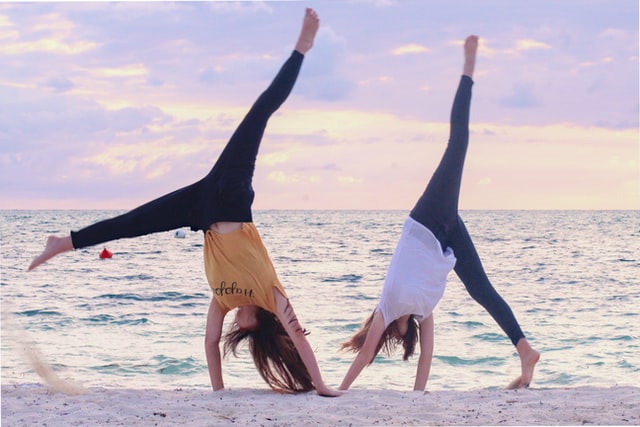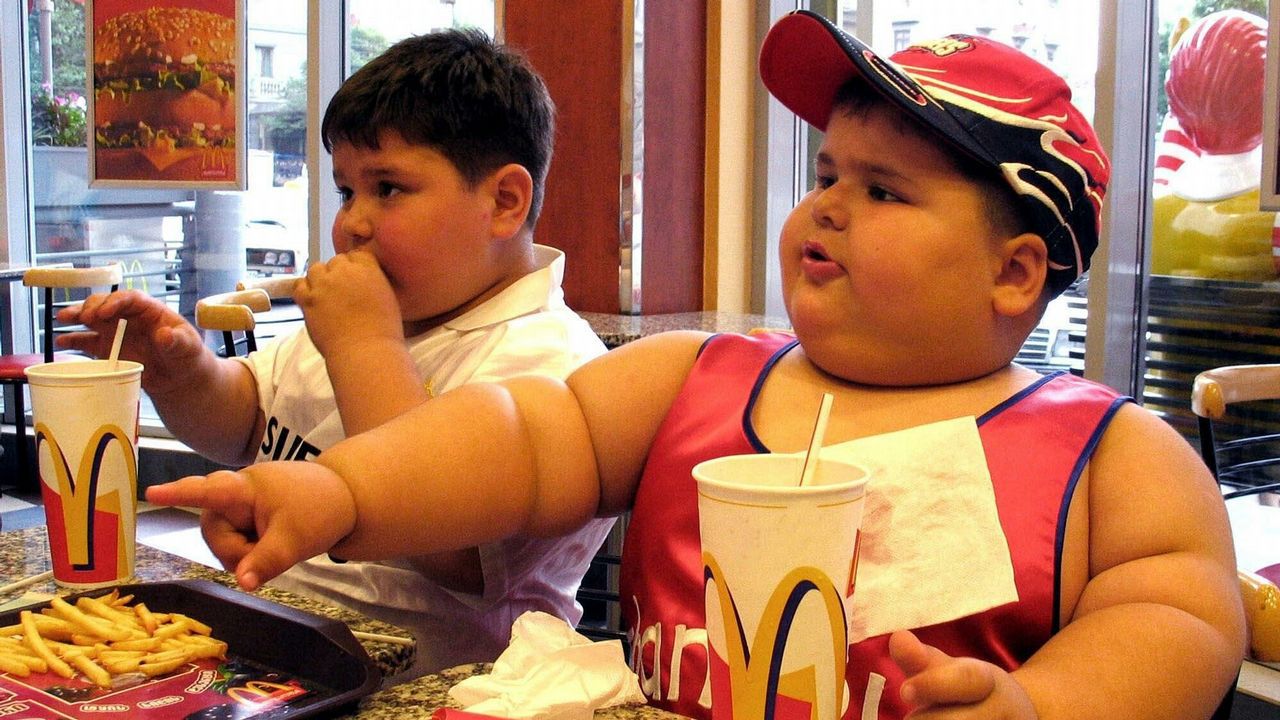Being active and exercising is good for our health and everyone knows it, or at least should already know it. Overweight and obesity, especially the proportion of children, has increased significantly in the last 40 years, as evidenced by data provided by health agencies and institutions.
If you don’t already know Fitenium is a free, mobile and video-based social network for users who train strength and/or body weight exercises. At Fitenium users can find free personalized routines, follow their performance, compete and get discounts at nutrition stores and sports equipment. Download it here.
Now, when we talk about exercise for young children, many people wonder: At what age should children start playing sports? How old are they when they start each sport or is it important when young children start exercising?
Benefits of practicing sports for children’s health
As mentioned at the beginning, the incidence of overweight and obesity in children has not stopped increasing. For this reason, it seems fundamental to look for mechanisms that help to reduce this epidemic, where daily epidemics cause new disasters in the health of young children. Not surprisingly, “old” diseases such as type 2 diabetes are becoming increasingly common in 12- and 14-year-olds and clearly demonstrate problems with social models.

Published on Unplash by Wesley Tingey
For these reasons, physical exercise continues to prevent and encourage children to develop physical skills such as athletic performance and balance, strength, speed, coordination, and expression. To help the body…
At what age do young children usually develop their skills?
By looking at the motor development of children from childhood to adolescence, we can see that they have gone through a series of skills to learn to control and move. Therefore, you can find five stages in which the basic skills of the little ones will be developed and later you will be able to acquire new “skills” to carry out your daily activities.
Under 2 years: At this stage, free play and “uncontrolled” movements are dominated by young children. They like to play and everything is new to them. They have little control over distance and space and move on impulse. At this stage, psychomotor classes can be interesting for the child’s initial development.
Preschool Stage: At this stage, they already have certain athletic skills such as jumping, running, and riding a tricycle. It is still the stage in which learning is most often done through play.

Published on Unplash by Chandler Cruttenden
4 to 7 years: Begins to complete certain skills such as adjustment, balance (standing on one leg or when riding a bicycle), speed, etc. From these ages, we must pay special attention to the weight that children carry in their backpacks to avoid possible back problems at these early ages.
8-9 years: At this stage, you can do certain sports that promote the development of some skills, such as racing.
10-12 years: It is time to strengthen the control and learning of the body and improve certain skills such as flexibility, strength and resistance.
What are the sports that children can practice? Also, at what age is it advisable to start doing sports?
trekking
Hiking is one of the sports with the least impact on children, and we can more easily introduce it into their lives. For this, it is always convenient to start from a short distance and look for motivations to promote this activity: walks in the park, nature excursions, tours of the history of the city center, visits to towns…

Published on Unplash by Juli Kosolapova
As for the recommended age, it may be a good time to start walking between 6 and 8 years old.
Gym
Gymnastics is a sport that is characterized by the “short life” of professional gymnasts, who generally finish their career at a very young age (they rarely reach 30 years of age and continue to compete). This is a “recommended” sport to start practicing early. In addition, this sport allows children to develop skills such as flexibility and physical expression through sport.
Due to age factors, it is common for mothers to start directing their children to activities such as dancing and dancing between the ages of 5 and 7 as a point before practicing gymnastics as a sports activity.
NADA
Swimming from 3 to 4 years is a sport that helps the child to develop basic motor skills such as coordination, muscle development and resistance. They usually begin to practice it using the typical cork boards, they gain control of their body, improve their skills and move more freely without outside help.
Martial arts: Judo, Karate or Taekondo
Martial arts such as judo, karate, and taekondo are sports in which children develop flexibility, strength, coordination, and agility. Therefore, starting between the ages of 8 and 10 may be a good time for children to start practicing this sport.
Athletics
One of the most common ways that children need to run is to run. Look at the school field and you will see a group of children chasing or playing from one place to another, so track and field is a sport that helps expend that energy while developing skills and abilities like speed and endurance.
tennis
Tennis is a sport with outstanding skills, especially when coordination and agility (especially eye-to-hand coordination) are practiced. You will also learn through tennis to control your ability to hit the ball and improve your learning of space and distance.
skate
Above all, movements that focus on cooperative movements and balance movements are sports that value children’s physical expression, such as dance. From the age of 5 or 6, this activity can be introduced once or twice a week as the first contact.
Appropriate equipment is needed to protect the child from blows (elbow pads, knee pads and even helmets) since the possibility of damaging this sport due to a fall must be considered.



